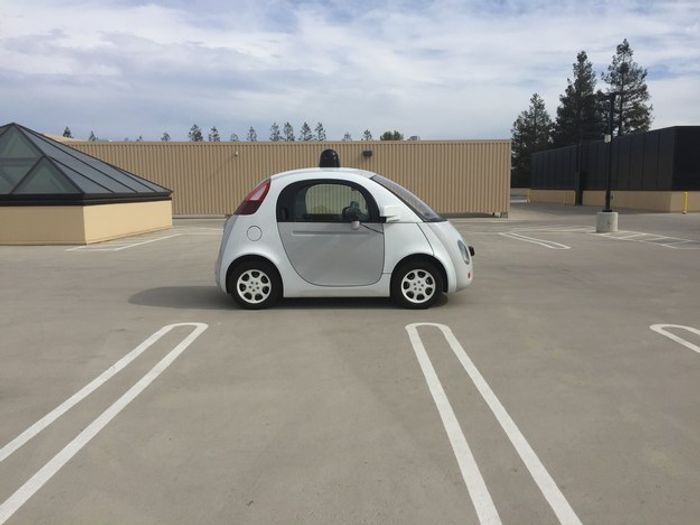Here’s a map created by Stamen comparing two different scenarios of climate change, depending on how much carbon we manage to cut.

See also: a WIRED magazine article about the map.
Here’s a map created by Stamen comparing two different scenarios of climate change, depending on how much carbon we manage to cut.

See also: a WIRED magazine article about the map.
From a concept kitchen developed by IKEA, IDEO, and design students from Lund University and Eindhoven University of Technology.
While we often see smart refrigerators as in concept kitchens, IKEA and the designer believe that fridges will become obsolete in the future due to their energy inefficiency. Rather, people will store food much as how they have done so in the past—using materials that are naturally insular, such as cooling ceramic, to keep items as fresh as possible. People will no longer buy groceries on a weekly basis, but with automatic delivery from drones and the like, fresh food will be just as easy to get on demand.

See also: MoMA’s 2010 design exhibition, Counter Space.
Here’s the first chapter of Sam Kronick’s 2013 video series Networks + New Towns.
NETWORKS + NEW TOWNS is an extended site study of Jonathan, Minnesota and related areas. The suburban neighborhood of Jonathan was one of the first “totally planned communities” in the Midwest, born during the short-lived “New Town” movement of the late 1960’s. It grew up during an era characterized by great faith in the power of urban planning and the transformative potential of communications technology. This work uses Jonathan as a microcosm to understand the ways that we augment the earth with matter and data in an ongoing pursuit of better living.
The other chapters of the series are all really great.
Mat Honan wrote about the experience of riding in Google’s cute self-driving cars.

The first time I rode in a fully autonomous car, what really impressed me was when the car saw something that I could not. As I rode down a residential street in Mountain View, the car slowed, for no apparent reason. Yet in the front seat, a laptop showed everything the car could “see.” And up ahead, there was a man, in the street, standing behind a double-parked vehicle. He was concealed from my eyes, but the car detected him. And it slowed down, anticipating that he might step out unexpectedly.
It anticipated this because each and every one of Google robot cars has experienced the totality of everything all its siblings have experienced. Google’s cars have driven a total of 1.2 million miles on the roads. We tend to think of this as combined experience — an aggregate number. But what it really means, effectively, is that every single car has driven that distance, has experienced it. This is a machine that learns. And in addition to that on road time, the cars log, Google said yesterday, 3 million miles every day running scenarios.
This car is a better driver than me, or you, or any of us.
I was honored to be included in Ben Valentine’s “Future” series on the Art21 blog.